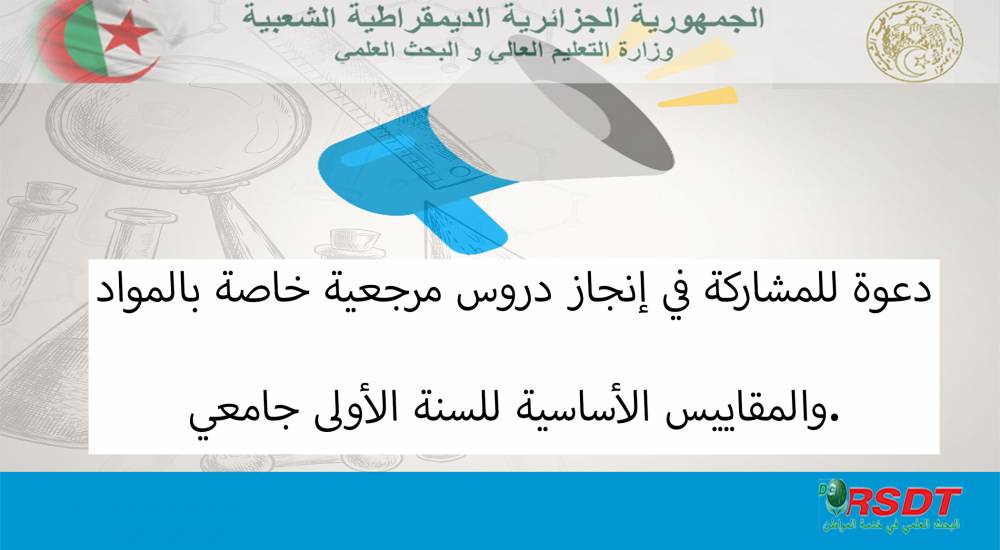“Follow-up on the University Argan Oasis Project “
Mostaganem, 6-7 May 2025**
A technical committee conducted a comprehensive field visit to the University Argan Oasis project at the University of Mostaganem. The committee included representatives from the General Directorate for Scientific Research and Technological Development, the University of Mostaganem, and the Scientific and Technical Research Centre on Arid Zones.
During the two-day working and inspection visit, a series of activities were carried out, culminating in a consultation session at the University of Mostaganem. The aim was to finalise all necessary procedures and arrangements following an extensive field tour covering the three model farms.
Preliminary results indicate significant progress, with a 90% plantation success rate after 45 days of planting, though some losses were recorded, primarily due to technical factors that can be addressed.
The farms yielded positive results, with success rates ranging between 85% and 91%:
- The pedagogical farm in Mazagran recorded 651 shrubs.
- The Hassi Mamèche farm recorded 174 shrubs.
- The El-Hadjaj site recorded 98 shrubs.
The inspection revealed several positive aspects, including the high-quality infrastructure of the project and the efficiency of the drip irrigation system. However, some challenges requiring urgent intervention were identified, such as:
- The need for maintenance of certain irrigation points.
- The necessity to improve mulching systems around the shrubs.
- Electrical malfunctions.
The committee recommended several urgent measures, including:
· Comprehensive and periodic maintenance of the irrigation system.
· Increased weekly monitoring.
· Expansion of permanent staff, with training on optimal agricultural practices for argan trees.
· Enhanced pest control measures.
· Replacement of dead shrubs, with an analysis of causes to prevent recurrence.
At the research level, an agreement was reached to launch a joint research programme within a mixed research team, focusing on three main areas:
· Adaptation of argan trees to local climatic conditions.
· Expansion of advanced smart irrigation systems used in the project.
· Development of a long-term practical plan for the economic valorisation of the product.
· Launch of a scientific programme, including PhD research and innovative graduation projects (within the professional master’s framework).
· Allocation of a research and development space for agricultural transplantation, genetic modification, and biotechnology.
· Preparation of a comprehensive scientific and practical manual documenting the experiment and its results, paving the way for broader implementation and opening new prospects for sustainable agricultural development.
The committee also emphasised the need to establish cross-sectoral research partnerships, bringing together experts from:
-University of Mostaganem
-Scientific and Technical Research Centre on Arid Zones
-Biotechnology Research Centre
- General Directorate of Forests
This reflects collaboration between higher education institutions, scientific research bodies, and socio-economic partners (integrating scientific research expertise with practical field applications). The expected outcomes will contribute to the development of argan cultivation beyond its traditional range, opening new horizons for sustainable agricultural development.






